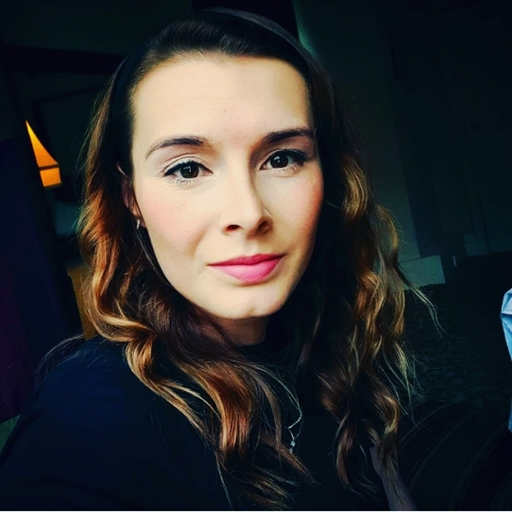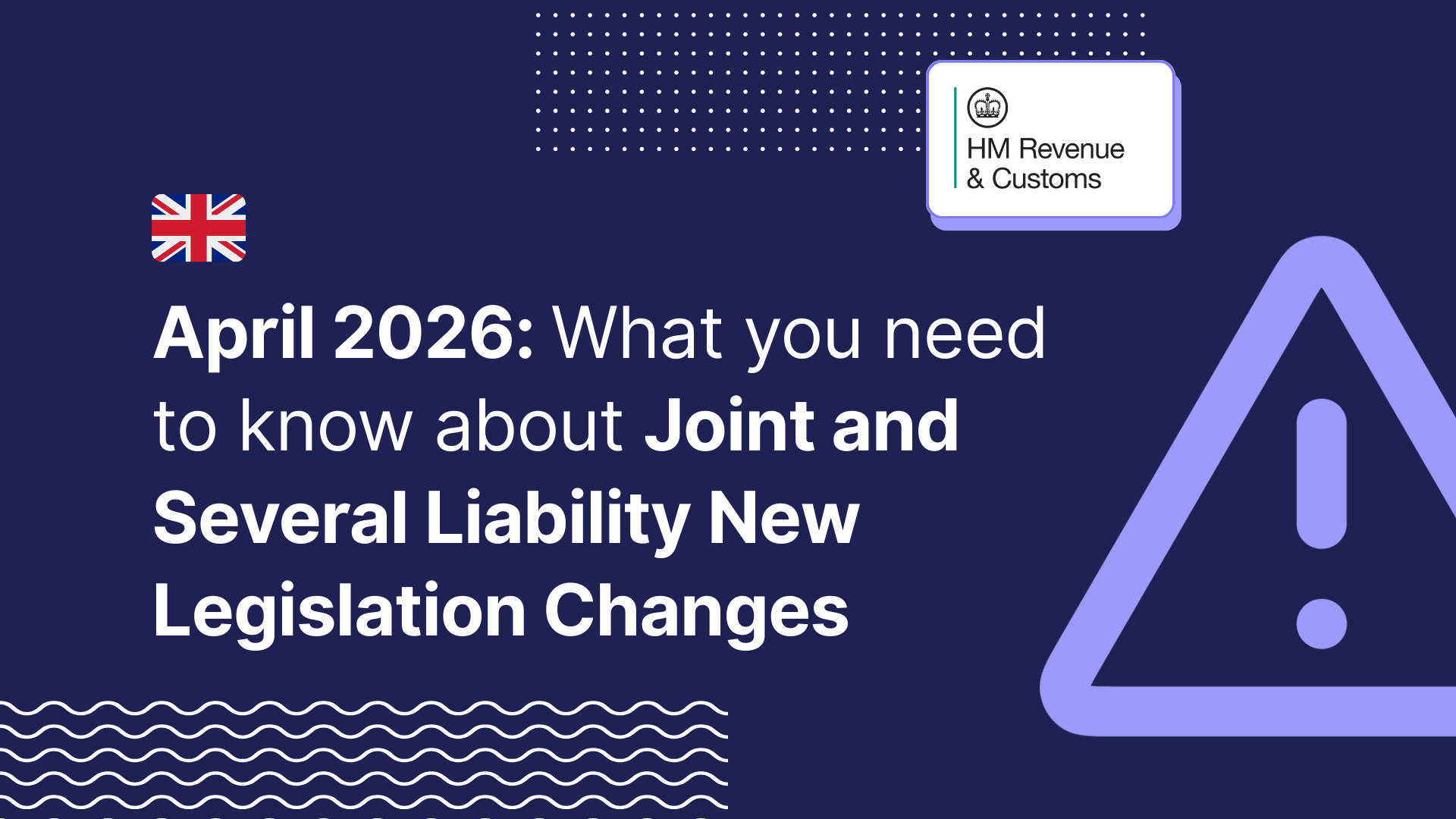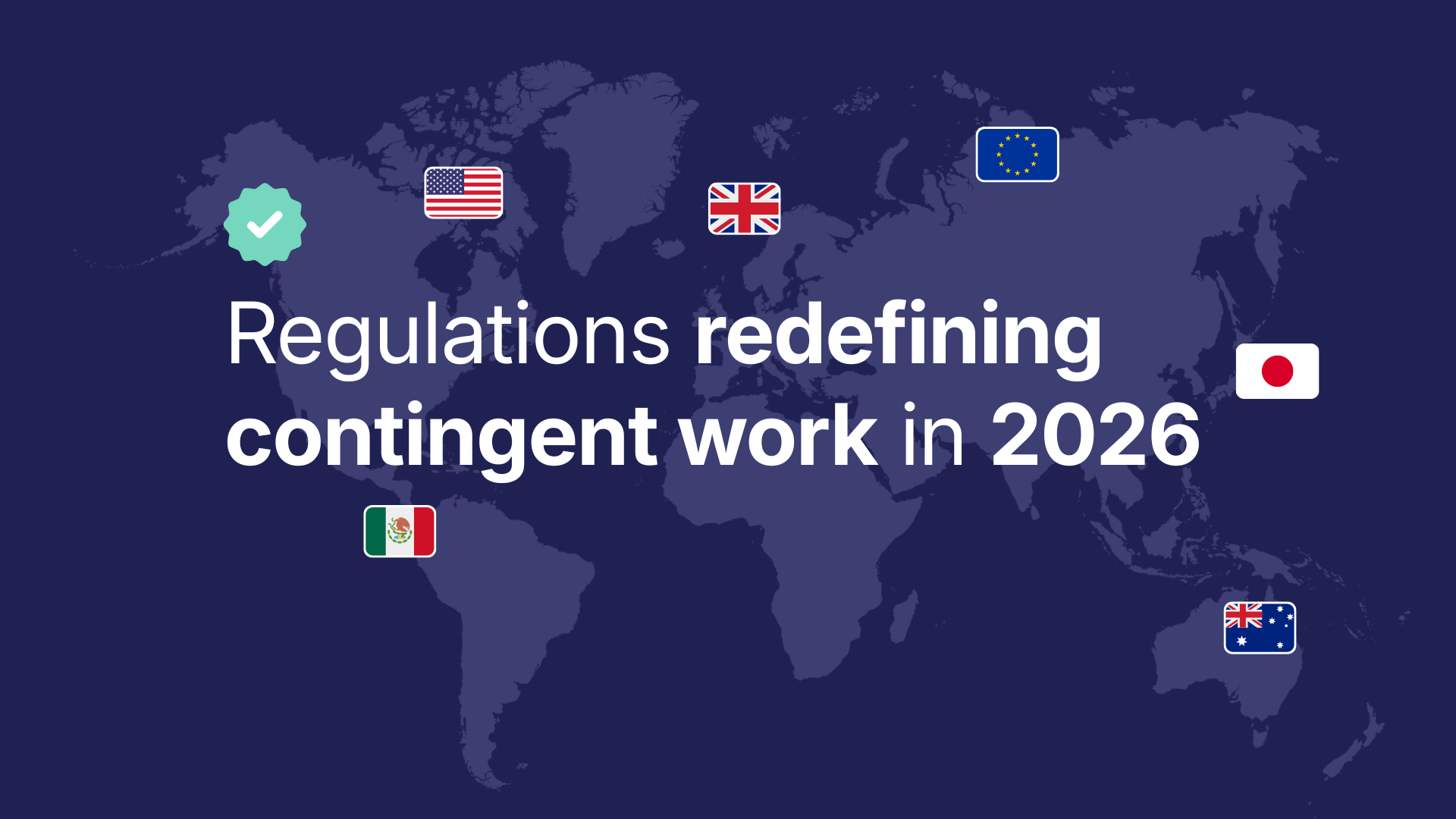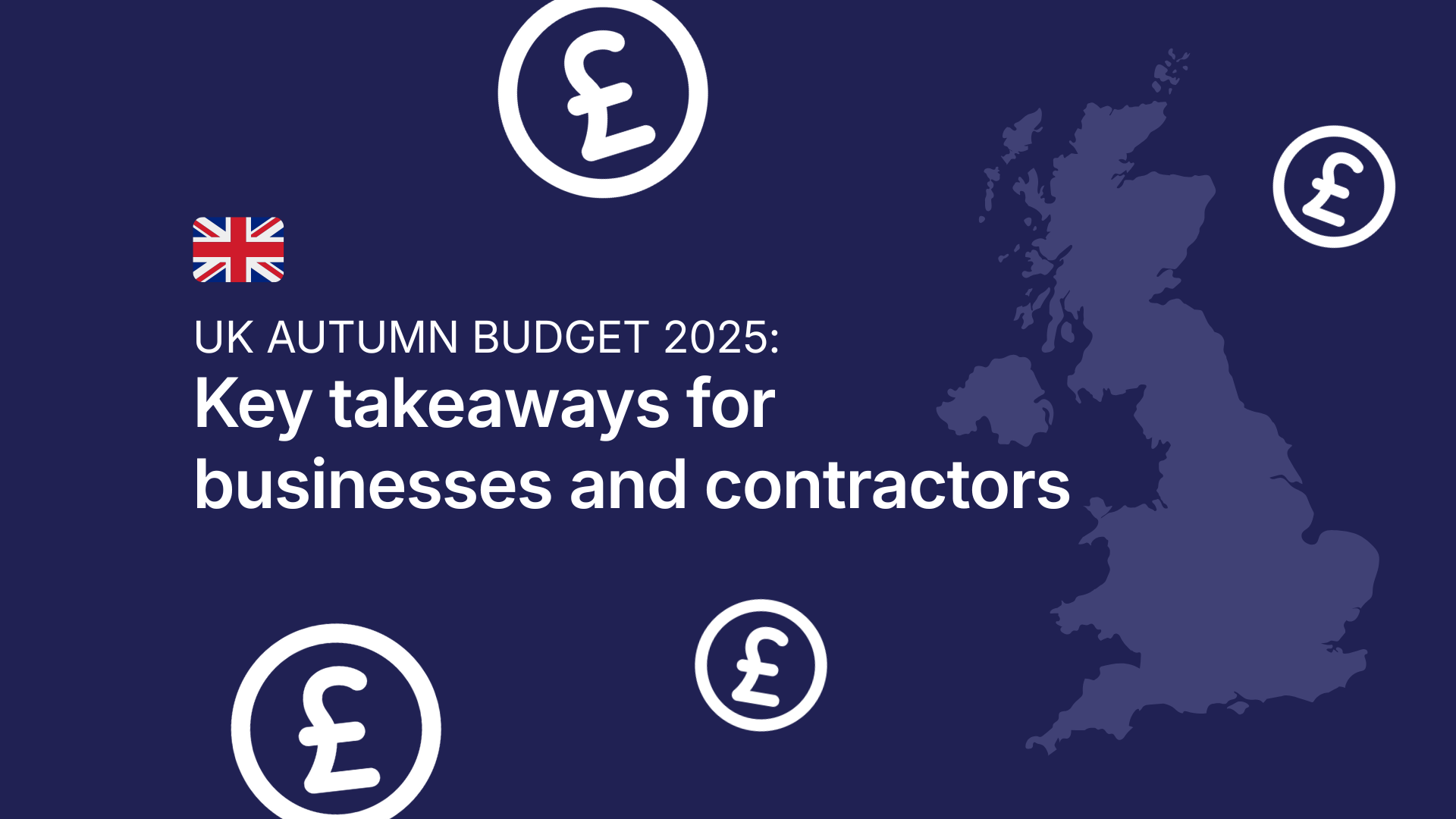We met with Rob Easthope, Front-end Developer to understand the best approach to building a website, to understand what you need to consider and the kind of questions you should be asking to get the most out of your kick off conversations.
What considerations should a client take into account, for a website build?
The infrastructure of the site is key, as this can determine the full build. The more thinking and planning done up front helps the developer understand how the website should be built ahead of time, speeding up the process.
Two key considerations include content and design.
The website's content helps determine page layout and to understand what is required to build specific pages. Ideally this should be complete or at least drafted to help create page templates. A proposed site structure and wire frames also help if they are available.
Another important aspect is the design / look and feel of the site, especially if you already have a defined brand. It is best to have these upfront and could help determine the platform the website is built on, as depending on the CMS you use could limit the flexibility around the design.
Two key considerations include content and design.
Do you know what type of website you are looking for?
Broadly speaking are you looking for a:
- Simple company website
Which includes simple functionality, with static data that doesn’t require much maintenance or dynamic data. For example a basic site detailing contact and service details.
- Catalogue site
Or are you looking for something that you have the ability to update regularly, perhaps including a blog page, without the option to sell products/services online?
- eCommerce
Or are you looking to sell products online?
Understanding what type of website you need will help you understand what type of developer is required. If you need a website that will help you sell products online, you can look for developers with eCommerce experience.
What questions would you ask a client in regards to the website build?
What features would you like your website to have?
Once you’ve decided on what your site needs to achieve, you can plan out the different ways in which it will do so. The complexity and number of those features can then help decide on the CMS you choose to build/host the website on.
What future do you see for the website?
For example, if you wish to sell products online eventually, it may be worth looking at platforms like WooCommerce, BigCommerce that support eCommerce.
How will you handle maintaining the website?
Do you have a team that will take over the maintenance of the site? Or will you require ongoing maintenance from the developer?
How often will you need to update the website?
Will you want to do this yourself or will you want the Developer to handle this?
These questions should be answered up front to help with the infrastructure of the build.
Timelines
Once all the above has been thoroughly discussed and decided, you should be able to start agreeing some timelines for the build and milestones for the Developer. This will depend on several factors, including the features required. The more features, and the more complex those features, the more time it will take to build and test.
Before beginning the work, you may want to lay out these expectations in a project plan which can be referred to as the work proceeds. This can be added to the brief on YunoJuno to provide a handy reference point for the contract.
Then when you’re ready, hit that Book button on the YunoJuno Shortlist page and get cracking on the project!
Meet Rob
Rob is a creative front-end developer working on everything from SPA microsites to multilingual CMS integrated sites for global audiences. Whether he is setting up a tech stack from scratch or wading into a project in its final stretch, responsive design and clean code all come as standard.
______
Learn more about Development
______







